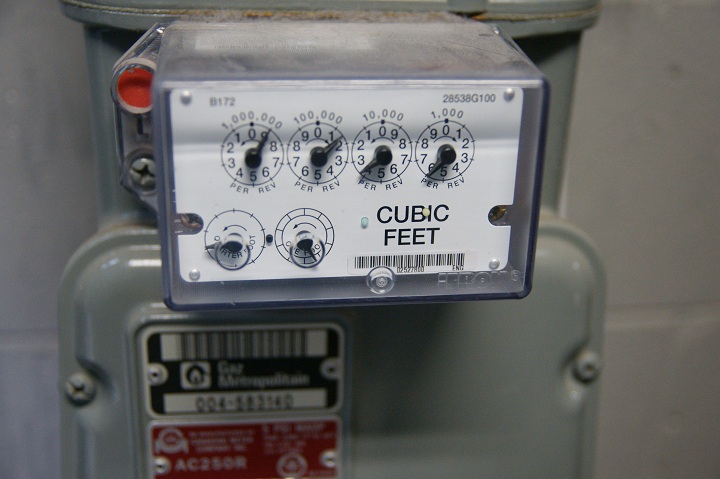The provincial regulator is concerned about SaskEnergy’s rising capital spending, according to recommendations released Wednesday.

The Saskatchewan Rate Review Panel is recommending gas bills throughout the province be reduced by about $2.30 per month, or $28 annually for the typical home.
Back in May, SaskEnergy proposed a 2.3 per cent decrease in 2016 rates, which would save the average customer around $1.70 per month.
This would amount to an annual savings of $20 for the average customer. Small-to-large commercial customers would see decreases ranging from $180 to $3,000.
READ MORE: SaskEnergy and SaskPower applying for rate adjustments
The panel is recommending a 13 per cent decrease in the commodity price, compared to the 14 per cent SaskEnergy applied for. It also recommended an 8.6 per cent increase in the transmission price, which is the same as what SaskEnergy requested. The net decrease would be around three per cent.
“We were concerned there that if the full 14 per cent is allowed, that it could create effectively create a deferral of the price of natural gas to the following year,” said Albert Johnston, the review panel chair.
Johnston said the one per cent difference could amount to a fair amount over a year if the market price of natural gas goes up.
“We didn’t see any point in having a decrease for everyone in this year only to have it recovered in the following year,” Johnston said.
- Life in the forest: How Stanley Park’s longest resident survived a changing landscape
- ‘They knew’: Victims of sexual abuse by Ontario youth leader sue Anglican Church
- Carbon rebate labelling in bank deposits fuelling confusion, minister says
- Buzz kill? Gen Z less interested in coffee than older Canadians, survey shows
SaskEnergy gas bills combine the price of gas and the price of service. Johnston said SaskEnergy does not receive a markup for the commodity and only earn a profit on the delivery portion.
“You still end up with an overall decrease for most people,” Johnston said.
“There are some that would have very slight increases but most residential customers will get a small decrease. Commercial business and so on will get a decrease as well.”
The review panel is also concerned about how much money SaskEnergy is putting into capital spending, indicating that this would have a significant impact on future rates. SaskEnergy’s capital spending went from $50.5 million in 2010 to a forecast of $102.7 million in 2016. Similar levels are expected over the next few years.
Johnston said the increase is due to replacing aging infrastructure, such as natural gas lines, and improving safety.
“They are perhaps playing a little bit of a catch-up in how they are approaching this, but we just want to make sure that it’s manageable because the capital spend that they make affects future rates through increased depreciation and increased interest costs,” Johnston said.
“The more that you spend, ultimately, it finds its way into rates that they have to charge customers.”
According to Johnston, the panel would like SaskEnergy to monitor the spending to ensure that the impacts can be managed since gas lines and connections have to be built into the rates.
“I guess it’s a question of managing the pace in which you do it, still achieving the appropriate level of safety and margin safety, but not overdoing it,” Johnston said.
“It’s a tough question. It’s a fine line that you ask them to do because you certainly don’t want them to operate an unsafe system but you want them to achieve that in a manageable way.”
If approved by the Saskatchewan cabinet, the rate change will be effective by Nov. 1.
SaskPower is requesting a rate increase of five per cent effective July 1, 2016, and five per cent effective Jan 1, 2017. That means the average customer will pay an additional $6 per month in 2016 and $6 per month in 2017 on their electricity bills if approved.



Comments